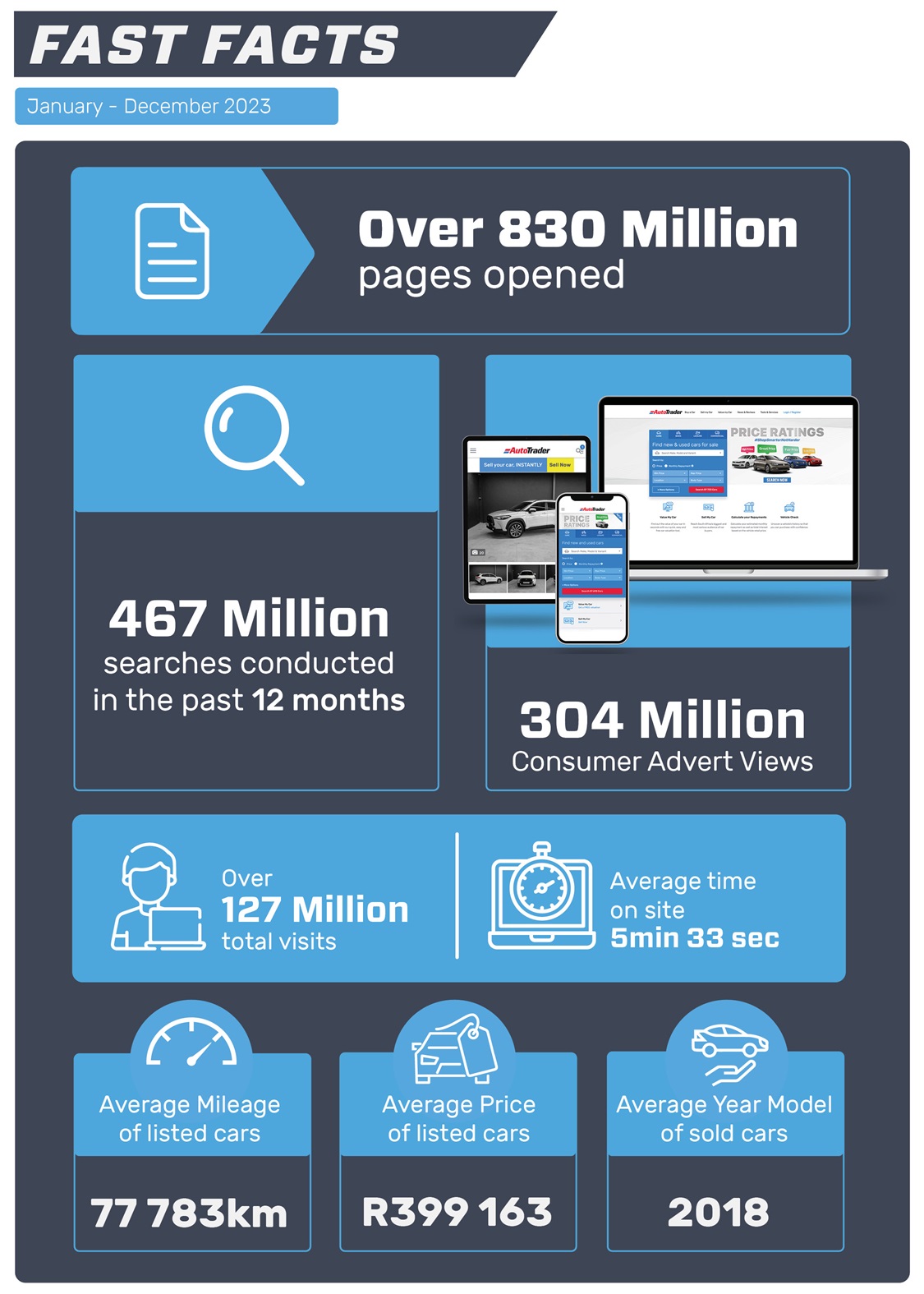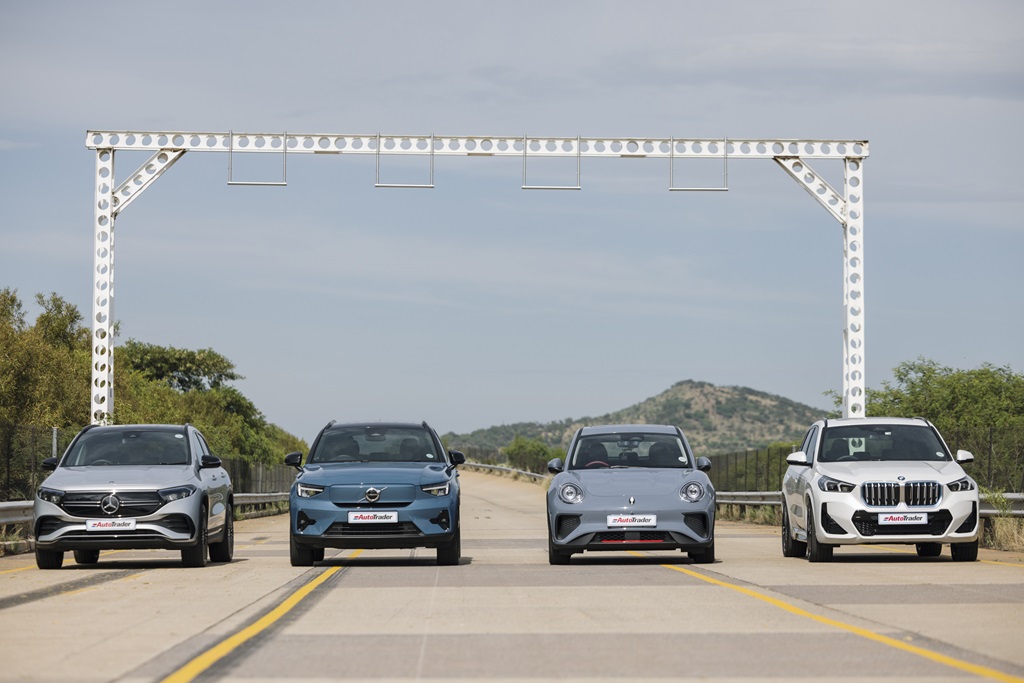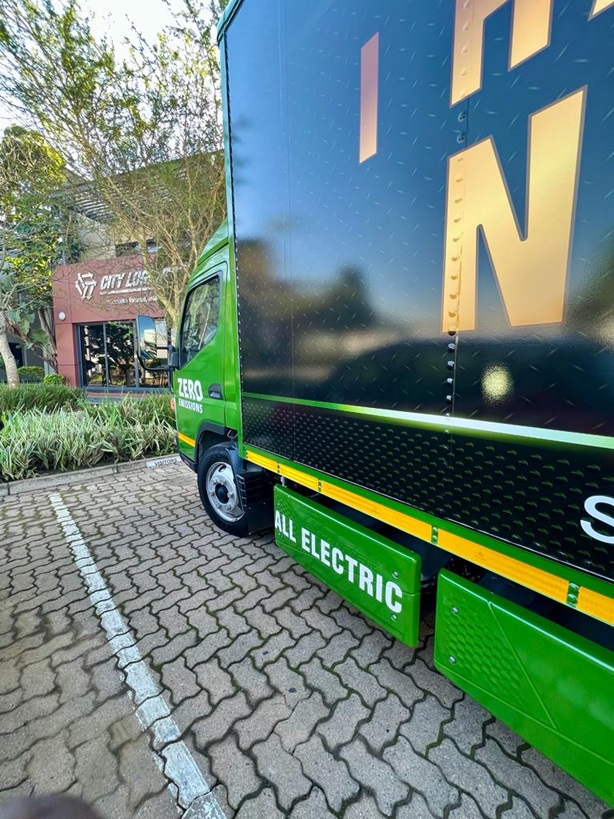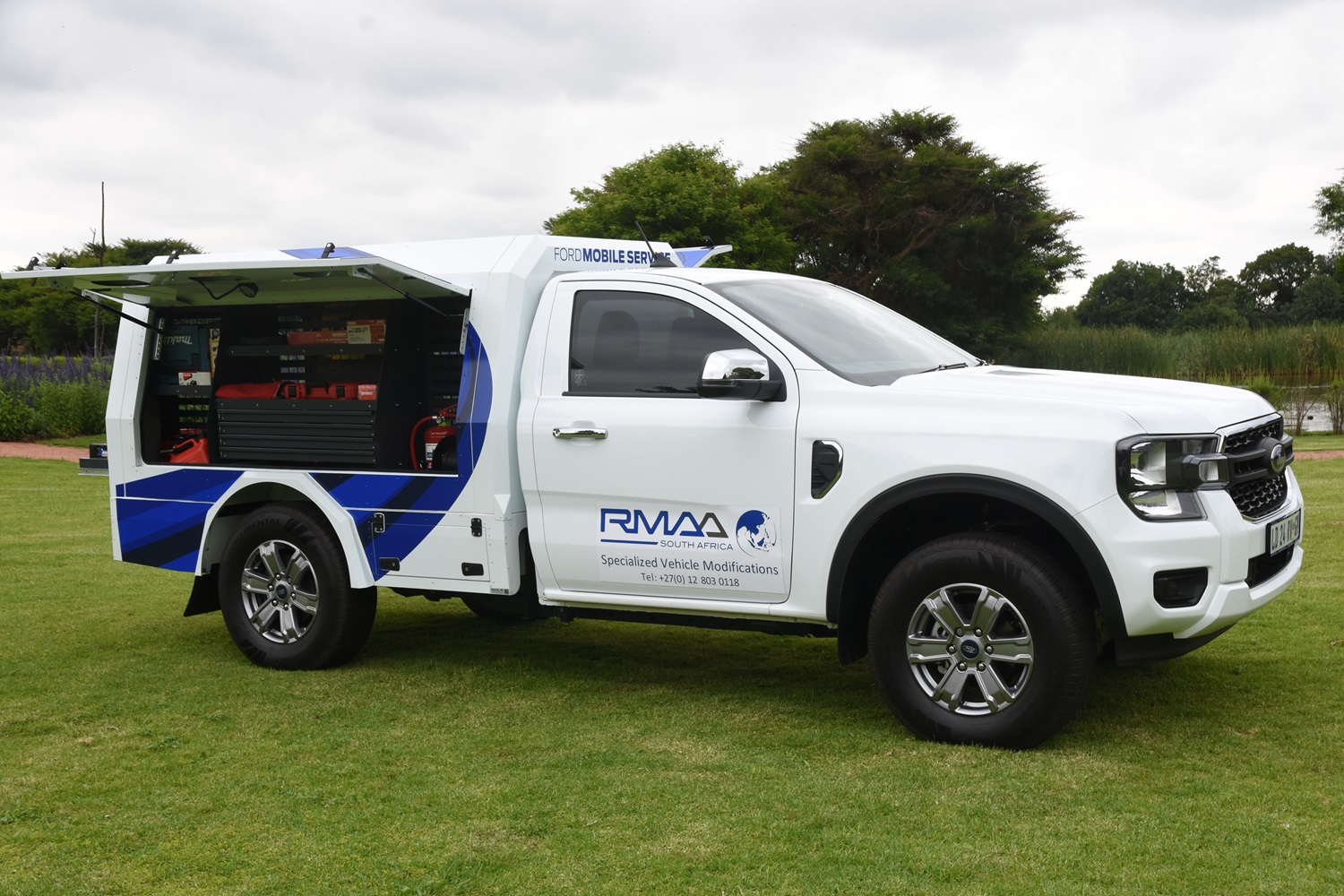In the wake of the latest fuel price hike, with both petrol and diesel skyrocketing to an all-time high, there are several things motorists can do to reduce trips to the fuel pumps, whilst simultaneously benefiting the environment.
“Aggressive driving is the biggest culprit for high fuel consumption,” says Derek Kirkby, Training Director for Ford’s global Driving Skills for Life (DSFL) programme, which aims to promote a safe and economical driving culture in South Africa. “While you can’t control the cost of fuel, you can definitely control the way you drive.”
Ford Motor Company and DSFL offer the following tips to help you go further on each tank:
- Drive smoothly
Ford studies have shown that motorists can slash both their fuel bill and their emissions by as much as 25 per cent by adopting a less aggressive driving style. This means accelerating smoothly, braking softer and earlier, not constantly changing lanes, and not speeding. Not only do these driving techniques save fuel, they can prolong the life of your brakes and tyres.
- Slow down
By driving at 90km/h instead of 100km/h, you can improve your fuel efficiency. Also, aim for a constant speed. Pumping the accelerator sends more fuel into the engine, emptying the tank faster.
- No idling
Start the car and gently drive away. Don’t leave your car idling. Prolonged idling increases emissions and wastes fuel. Turn the engine off whenever it is safe to do so, such as when stationary for more than 30 seconds.
- Remove unnecessary cargo
Reducing the amount of cargo you keep in your boot or back seat can improve your fuel efficiency as less energy is needed for acceleration. Try to travel as light as possible, and keep only the most important items – like an emergency kit, jumper cables, a small toolset, and a small jack – in the vehicle.
- Reduce aerodynamic drag
Attaching a huge carrier or bike to the roof adds more wind resistance. If you spend lots of time on the highway or are planning a long trip, try to transport extra items inside the vehicle or attached to the rear. Keeping your windows and sunroof closed can lower wind resistance too.
- Use cruise control
Activating cruise control keeps you from mindlessly driving faster, and by maintaining a constant speed, you won’t use additional fuel while accelerating. Try to set the cruise control at your vehicle’s most fuel-efficient speed, as long as it’s at or below the legal limit. However, for safety reasons, you should never use cruise control when it’s raining.
- Combine trips
Many short trips will use more fuel than a single, longer trip. So when you have to drive for errands, try and group as many of them as possible into one trip.
- Keep your engine tuned
Fixing a vehicle that is noticeably out of tune can improve fuel economy. For example, replacing a malfunctioning oxygen sensor can improve your mileage by as much as 40 per cent.
- Keep your tyres properly inflated
The optimum inflation pressure can be found on a sticker, usually located inside the driver’s door. Don’t exceed the optimum tyre pressure, because over-inflating tyres reduces their performance in terms of both traction and lifespan.
- Use the recommended grade of motor oil
Following the manufacturer’s recommended grade of motor oil in your Owner’s Guide will keep your engine’s lubrication system working as efficiently as possible.
The benchmark in frugal fuel consumption
The Fiesta is Ford’s best-selling passenger car around the world, and the all-new Ford Fiesta, which was recently launched on local shores, has raised the bar in frugal fuel consumption.
For the petrol heads
All Fiesta 1.0-litre EcoBoost models are available in a choice of manual or automatic transmissions. This multiple award-winning, turbocharged, direct-injection petrol engine boasts up to a 20 per cent improvement in fuel efficiency – with average fuel consumption of 4.3L/100km – and a 15 per cent reduction in greenhouse emissions, all whilst maintaining the power and torque usually associated with bigger engines.
For those who dig diesel
The Fiesta 1.5-litre TDCi model, with its turbodiesel engine and manual transmission, produces an impressive 63kW of power and a torque peak of 175Nm, with average fuel consumption of 3.3L/100km.
Provided by Ford SA





































